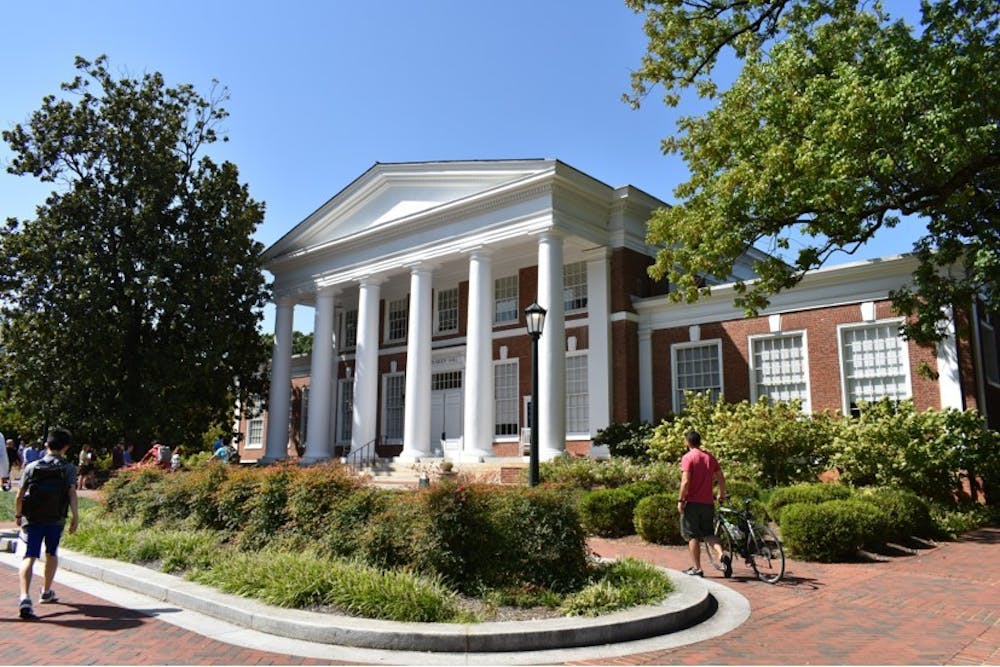In the aftermath of the August white supremacist rallies, the Black Student Alliance took the opportunity to present a list of policy demands aimed at achieving racial justice in the University community. Among these demands was a call to the University administration to ensure black student enrollment — which currently sits around six percent — more accurately reflects state demographics, at 20 percent. This specific demand has sparked a debate over what exactly this process would look like. While the University should explore a variety of avenues to promote minority presence on Grounds, the first step in the process has to be making the application process more accessible to underrepresented applicants. In order to open up the application process to applicants from a more diverse set of backgrounds, the University administration should consider instituting a test-optional policy.
Understanding why it’s logical to make applications test-optional in certain circumstances is not rocket science. Research has established a heavy correlation between SAT scores and income, as well as racial gaps in scores. This is most often explained by the fact that students from economically privileged backgrounds have better access to expensive test preparation resources, giving them a distinct advantage over their peers. On top of that, overwhelming evidence suggests that SAT scores have no predictive power over the outcomes of students once admitted. These facts illustrate the absurd reality of the contemporary college application process, where students who have the means to take additional preparatory steps for an arbitrary exam get a leg-up over other applicants.
There’s a wealth of research which suggests instituting a test-optional policy for students with a qualifying GPA significantly increases the number of underrepresented applicants, in terms of both race and socioeconomic status. When Wake Forest University dropped their test requirement for qualifying applicants, they saw their share of minority applicants and enrolled students spike more than 10 percent over just a few years. The George Washington University saw a similar result following their decision to go test-optional. However, the benefits of a test-optional application aren’t just reserved for racial minority applicants. After implementing their test-optional policy, GW also saw a 14 percent increase of first-generation college students, regardless of race.
This isn’t to say that this program would be a silver-bullet for the racial disparities in enrollment at the University. Nevertheless, on average, this step would make the University more accessible for applicants of all income levels and racial identifications, with little to no cost to be borne by the University in terms of admission finances or academic rigor. Such an improvement, even on the margin, should be a no-brainer for the University administration. If Student Council truly intends on following through on their commitment to support the BSA demands, they should lead the charge in advocating for reformed admissions policies. While a test-optional policy does not necessarily guarantee an immediate increase in the University’s racial diversity, it is nevertheless a good start.







